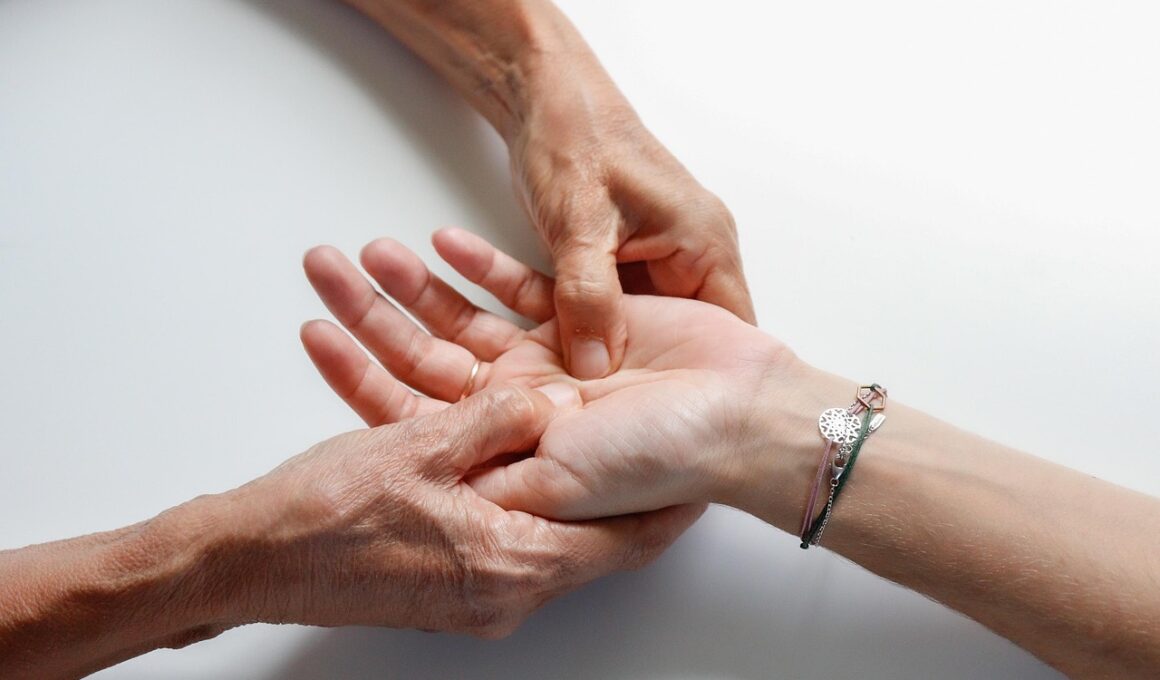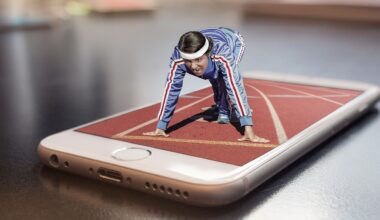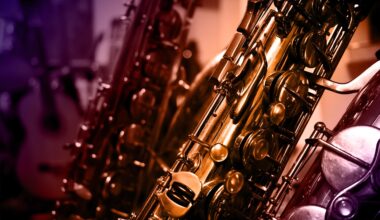How Massage Helps in Rehabilitation and Restores Mobility
Massage therapy plays an essential role in rehabilitation, focusing on restoring flexibility and mobility in the body. This technique involves the manipulation of muscles, tissues, and joints, which helps alleviate pain, reduces muscle tension, and enhances mobility. Injuries often lead to restricted movement, making rehabilitation crucial for recovery. Regular massages target specific areas, increasing blood flow, stimulating the healing process, and promoting flexibility. This therapy addresses not only the physical aspect but also the mental barriers that individuals may face during rehabilitation. Psychologically, massage can prepare the patient for physical activity, boosting confidence and encouraging them to engage in exercises aimed at regaining mobility. Furthermore, it can also help with chronic conditions where maintaining movement is vital. Therefore, incorporating massage therapy into a rehabilitation plan is not just beneficial but necessary for holistic recovery. It’s critical to work with certified massage therapists who understand the specific needs of individuals recovering from injuries. They can tailor each session to ensure maximum effectiveness, enhancing the overall rehabilitation process and facilitating a smoother transition back to daily activities.
By integrating massage techniques, healthcare providers offer patients an effective way to improve their flexibility and mobility post-injury. Various massage styles can be applied, including Swedish, deep tissue, and sports massage. Each technique has unique benefits; for instance, Swedish massage is gentle and relaxing, ideal for general recovery, while deep tissue targets deeper layers of muscle. Sports massage is particularly beneficial for athletes as it helps in preventing injuries while enhancing performance. These techniques work on the muscles and connective tissues, improving elasticity and decreasing stiffness. The rhythmic strokes promote relaxation and encourage healing by flushing out metabolic waste products, which builds a more conducive environment for recovery. Moreover, patients often report a significant boost in their range of motion following massage therapy. Increased freedom of movement translates into better performance in rehabilitation exercises, ultimately leading to more effective recovery. The healing touch of massage reduces the anxiety and frustration accompanying the rehabilitation process. Moreover, it creates a safer environment for patients to explore their physical limits without fear, guiding them towards regained independence.
The Science Behind Massage and Mobility
A variety of scientific studies supports the positive effects of massage on flexibility and mobility. Research shows that regular massage therapy can indeed improve the elasticity of muscles and connective tissues, leading to increased range of motion. Various physiological mechanisms contribute to these effects, including stimulation of blood flow and reduction of muscle tension. Enhanced circulation nourishes the tissues, while the reduction of tension helps prevent injury during physical activity. Moreover, the manipulation of soft tissues can result in cellular changes that further promote healing. When targeting trigger points, massage encourages the breakdown of adhesions and scar tissue, which are common barriers to flexibility. The release of endorphins during massage alleviates discomfort and promotes relaxation, creating an optimal environment for recovery. This biochemistry also provides emotional benefits, reducing anxiety and stress, which can significantly affect physical capacity. As patients engage more confidently in movement, continuous progress is achieved. Thus, massage therapy stands out as a pivotal component in rehabilitation protocols that aim to restore mobility efficiently while addressing both physical and emotional facets of recovery.
In addition to the physiological benefits, massage therapy creates a comforting environment, fostering better mental engagement in one’s recovery journey. Many patients report feeling a sense of well-being and increased motivation following their sessions. This psychological aspect cannot be underestimated during rehabilitation. Feeling good about oneself often translates into a greater commitment to rehabilitation exercises and techniques. The patient-therapist relationship also plays a key role, establishing trust and collaboration essential for successful recovery. A skilled therapist not only provides physical alleviation but also acts as a coach, guiding patients towards setting and achieving realistic goals throughout their progress. The interpersonal connection established here empowers patients to take control of their rehabilitation process. It increasingly encourages them to share concerns and experiences. Ultimately, this collaboration leads to tailored treatment plans addressing individual needs and unique recovery timelines. The result is improved outcomes that are beneficial for patients’ long-term mobility and flexibility. Therefore, prioritizing mental well-being during physical rehabilitation processes can further enhance overall success and quality of life.
Incorporating Massage into Your Rehabilitation Plan
To maximize the benefits of massage therapy in rehabilitative processes, individuals should consider incorporating it early in their recovery plan. Consulting with healthcare professionals can provide insight into the timing, frequency, and types of massage that are most beneficial based on specific injuries or conditions. A multi-disciplinary approach involving physiotherapists and massage therapists can deliver the best outcomes. Personalized strategies should take into account the patient’s overall health status, pain levels, and psychological needs during rehabilitation. Additionally, it’s essential to educate patients about the importance of self-care in conjunction with professional massage therapy. Techniques such as gentle stretches and relaxation exercises can support the benefits obtained during therapy sessions. Creating a consistent routine incorporating massages, exercises, and mental health activities fosters a comprehensive approach to rehabilitation. It also addresses the multifactorial nature of mobility restoration, which encompasses muscle recovery, mental health, and lifestyle adjustments. Individuals should track their progress and communicate openly with healthcare providers to adapt their recovery plan as necessary, optimizing the overall experience.
As patients progress in their rehabilitation journeys, the continuity of massage therapy should be evaluated periodically. Adjustments may be needed concerning how frequently massages are received based on the stage of injury repair and individual feedback. While regular sessions may be beneficial early on, transitioning to less frequent visits while maintaining self-practice techniques will help reinforce and sustain the progress achieved. This evolution reflects an understanding of becoming more in tune with one’s body and needs over time. Educational resources on self-massage techniques can empower individuals to maintain outcomes independently. Learning how to identify areas of tension and applying appropriate techniques fosters ongoing self-awareness. In addition, complementary practices like yoga or pilates can enhance flexibility and mobility, making them great partners for massage therapy. Combining these practices allows patients to create a balanced routine that promotes strength and mobility simultaneously. Ultimately, adapting the plan to evolving needs and consistently evaluating one’s progress forms the backbone of ongoing rehabilitation success.
Conclusion
In conclusion, massage therapy is a transformative component of rehabilitation programs, especially for restoring flexibility and mobility. The deep reach of its benefits reflects on both physical and mental health. Individuals seeking to regain mobility after injury can significantly benefit from the integration of appropriate massage techniques alongside a multi-faceted rehabilitation strategy. Hence, establishing clear lines of communication with healthcare professionals will ensure tailored plans that are best for recovery objectives. The harmonization of physical manipulations through massage with exercises aimed at strengthening and improving endurance creates an outlined path for success. As people embark on their rehabilitation journeys, they must remain open to multiple healing modalities while acknowledging the importance of mental and emotional support. Massage therapy stands out as a pillar of comfort, encouraging resilience and empowerment throughout recovery phases. With informed approaches, individuals can enhance their mobility and flexibility while nurturing their overall well-being. Thus, the combined power of massage techniques will undoubtedly guide patients toward their optimal recovery outcomes over time, ensuring sustained mobility into the future.
The ongoing dialog around massage therapy will continue to evolve, driven by emerging research and an increased understanding of its benefits in rehabilitation. As more individuals seek alternative, holistic approaches, professionals in the field are tasked with innovating treatment methods that align with patient-centered care goals. Patients today have more resources at their disposal than ever before, exploring various avenues to support their recovery. Advances in understanding the mind-body connection further highlight the necessity of such approaches in fostering holistic wellness. Through advocacy, education, and community support groups, individuals can share success stories and strategies that facilitate recovery journeys. This exchange not only empowers them but creates a supportive network that champions resilience and growth. Consequently, continued education for both therapists and patients will remain crucial as trends in rehabilitation progress. Keeping abreast of these developments will ensure that those seeking to improve their mobility engage with effective therapies tailored to their unique needs. As society becomes increasingly aware of massage’s comprehensive benefits, the future of rehabilitation—and mobility restoration—looks promising.


